Siamese Fighting Fish (Betta) Care for Beginners
If you’re overwhelmed, burnt out, or simply trying to create a moment of peace in your busy life, a small aquarium can be more than a hobby—it can be a therapy tool. And the Siamese fighting fish, often called the Betta fish, is one of the best companions to start with.
This guide will walk you through everything you actually need to know about Siamese fighting fish care for beginners—no confusing jargon, no fish store myths, and no over-the-top gear recommendations. Just simple, grounded advice to help you set up a tiny tank that soothes both you and your new finned friend.
How to Choose a Healthy Siamese Fighting Fish
What to Look for at the Store
When you walk into a fish store, the bettas will likely be in small cups or tanks—try to look past that. You’re there to find the one that’s strong enough to thrive once you bring them home.
Start by observing the color. Healthy bettas are vibrantly colored—whether they’re deep blue, red, gold, or even white. Faded or pale bettas often signal stress or illness. Don’t make the rookie mistake of buying pale colored Bettas like the white and pinkish ones (fell hard for one, to see the pink coloring was from the damaged fins, but it’s still mommy’s favorite fish according to our toddler).
Next, look at their fins. Are they wide, flowing, and intact? Or are they torn, clamped together, or ragged-looking? Bettas with full, open fins are generally healthier. But if you are a complete beginner, stick to Plakat Bettas. They’re more active, often healthier, and less prone to fin rot or tearing compared to long-finned varieties. They’re also closer in form to the wild Betta splendens.
Also watch their behavior. A healthy betta will be curious. They may swim toward you, flare their gills, or explore their container. Avoid fish that are sitting motionless at the bottom, floating awkwardly at the top, or gasping for air.
Lastly, check for signs of illness: white spots, fuzzy patches, sunken bellies, or swollen bodies. If you’re unsure, ask a staff member how long the fish has been in the tank—if it arrived that day, it’s best to wait a few days to see if it stabilizes.
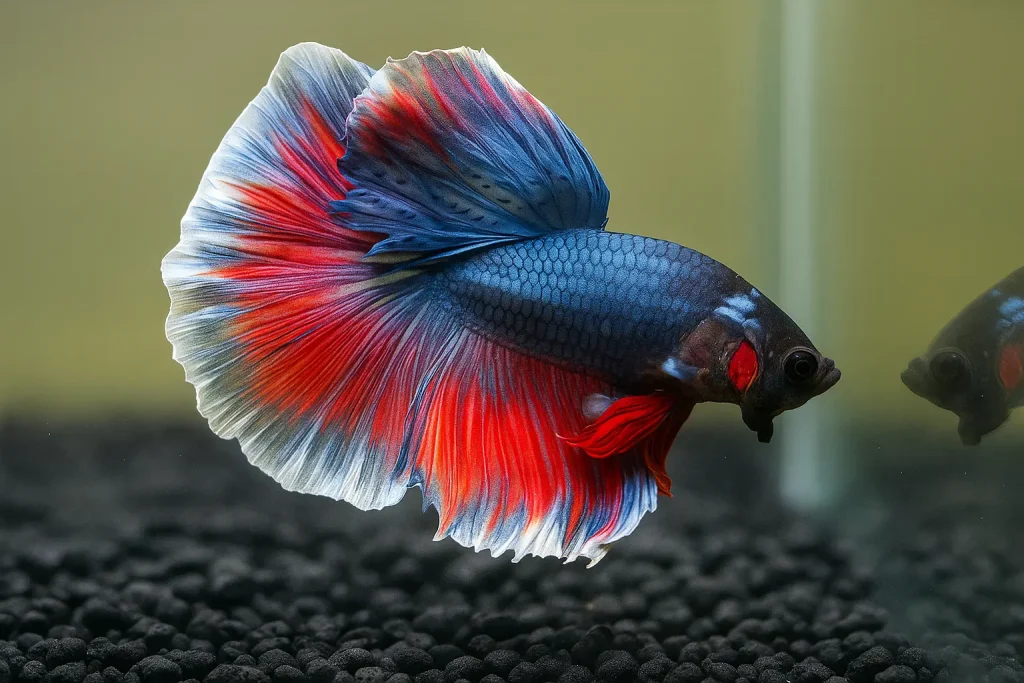
Tank Setup Requirements
Selecting the ideal Tank Size
Despite what many stores or TikTok reels claim, a bowl is not enough for a Betta. As a kid I’ve bough them and kept in large Nutella bottles thinking its enough for them. Bettas can survive in small spaces, but they won’t thrive there. The minimum tank size should be 5 gallons, ideally with a lid because bettas jump!.
If you’re just starting out, this Hygger 5-gallon tank kit comes with a filter, light, and lid—making setup easy and stress-free.
Compatible Tank Mates: Should You Add Friends?
For beginners, the best tank mate for a betta is no tank mate at all.
Bettas are territorial, and their long, flowing fins can become a target for fin-nipping fish. If you absolutely want a community tank, only attempt it in a 10-gallon or larger tank, and stick with peaceful bottom-dwellers like:
- Nerite snails
- Amano or Cherry shrimp (with hiding places)
- Possibly pygmy corydoras (with care)
Never house male bettas together, and avoid flashy or aggressive fish like tiger barbs, guppies, or danios. In my personal experience, even female bettas don’t survive for long with male bettas. So best is to keep your male betta on its own.
Water Conditions to Keep Things Stable
Bettas come from warm, still waters in Southeast Asia. To keep them happy:
- Temperature: 76–80°F (24–27°C) – Use a small heater like the Tetra HT 50W or Aqueon Adjustable 50W
- pH: 6.5–7.5 (neutral is perfect)
- Water flow: gentle—bettas dislike strong current
Use a sponge filter like this one to keep water clean without stressing your betta.
Plants, Decor, and Lighting
Bettas feel safest in cozy, well-decorated tanks. Add:
- Live plants like Java Fern
- Hiding spots like caves or driftwood
- Silk decorations like this betta plant pack
- Calm lighting (avoid bright overhead lights)
Live plants not only make your tank look beautiful—they help oxygenate the water and keep your fish calm.
Feeding Tips
What to Feed
Your betta’s diet should include:
- High-quality betta pellets like Omega One
- Occasional treats like frozen bloodworms or brine shrimp
Avoid fish flakes—they’re not made for bettas and often lead to bloating or poor nutrition.
How Often to Feed
Feed your betta once or twice a day, just 2–3 small pellets per feeding. Bettas have small stomachs (about the size of their eye!), and overfeeding is one of the most common beginner mistakes.
Any uneaten food should be removed within 10–15 minutes to avoid fouling the water.
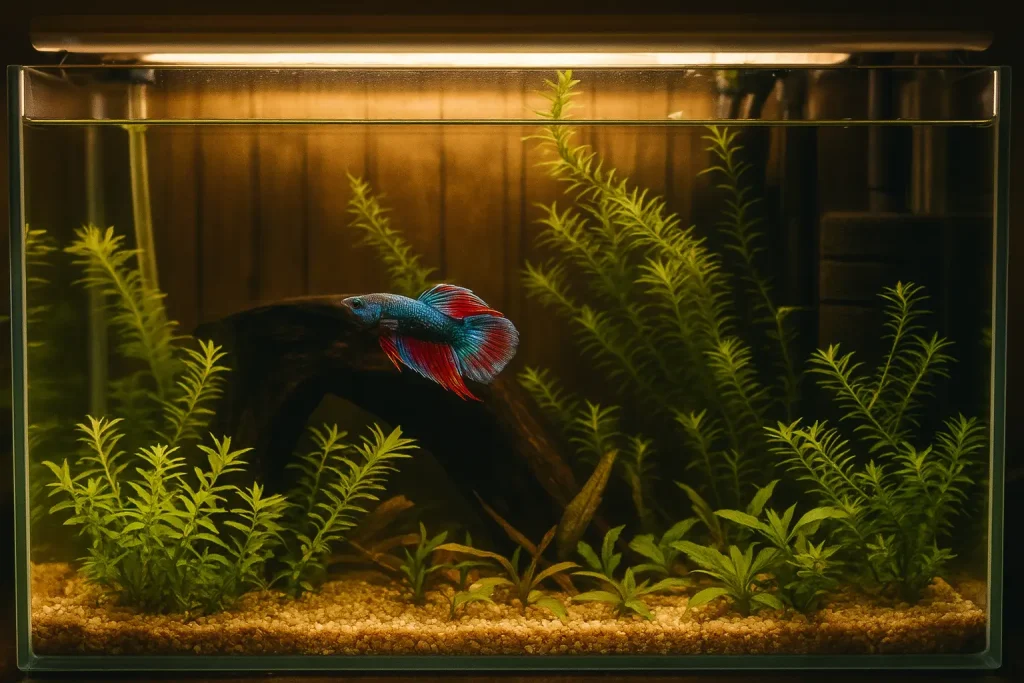
Behavior and Temperament
Bettas are full of personality.
They are curious, interactive, and surprisingly intelligent. Many owners find their betta greets them at the glass, learns feeding routines, or even flares at their reflection (harmless if it’s brief).
They are peaceful when alone and don’t need tank mates to stay emotionally well. In fact, solitude in a calm environment often suits them best.
They are also surface breathers, using a labyrinth organ to take in oxygen from the air. This means they don’t require an air stone—but they do need access to the water surface.
Best Care Tips to Reduce Stress (For You and Your Fish)
Low-Maintenance Routine
- Install a heater and gentle filter so water stays stable
- Do a 20–30% water change weekly using dechlorinated tap water
- Wipe down algae or gunk every 2–3 weeks—don’t over-clean
Use a good water conditioner like Seachem Prime with every water change.
Creating a Calming Tank Vibe
- Use plants and driftwood to block reflections
- Place your tank in a quiet corner, away from speakers, AC vents, or bright windows
- Add floating plants or dim lighting for a zen atmosphere
Vacation or Busy Schedule?
Use an automatic feeder with pre-measured pellets for short trips or busy days. Bettas can safely fast for 2–3 days, but consistency is better.
Common Issues and How to Avoid Them
Overfeeding
Bettas will always act hungry. Don’t fall for it. Overfeeding leads to bloating, constipation, and cloudy water.
Uncycled Tank Syndrome
A brand-new tank without beneficial bacteria can cause ammonia spikes, which burn the gills of your fish. Cycle the tank first—or use a product with bottled bacteria to jumpstart the process.
Using Tap Water Without Conditioner
Tap water contains chlorine, which is toxic to fish. Always treat your water with a dechlorinator before adding it to the tank.
Tank Size Mistakes
Bowls, vases, or 1-gallon kits may look cute—but they trap you in a cycle of daily cleaning, dead fish, and guilt. Stick to 5 gallons or more for peace of mind.
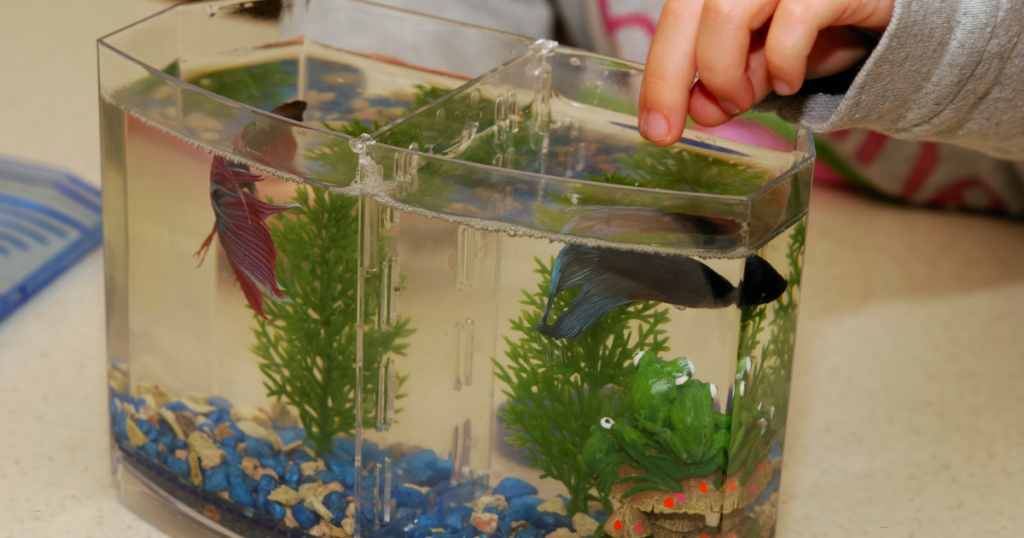
Final Thoughts
Starting with a betta is like learning to breathe again. Their flowing fins, slow movements, and solitary grace can bring a sense of calm into your home that few pets can match.
By following this simple, no-fluff guide to Siamese fighting fish care for beginners, you’re not just keeping a fish alive—you’re creating a small, gentle world where life feels manageable again.
🐟 This post contains affiliate links. If you click and buy, I may earn a small commission—at no extra cost to you. I only recommend products I trust and use to create calming, beginner-friendly tanks. 💙
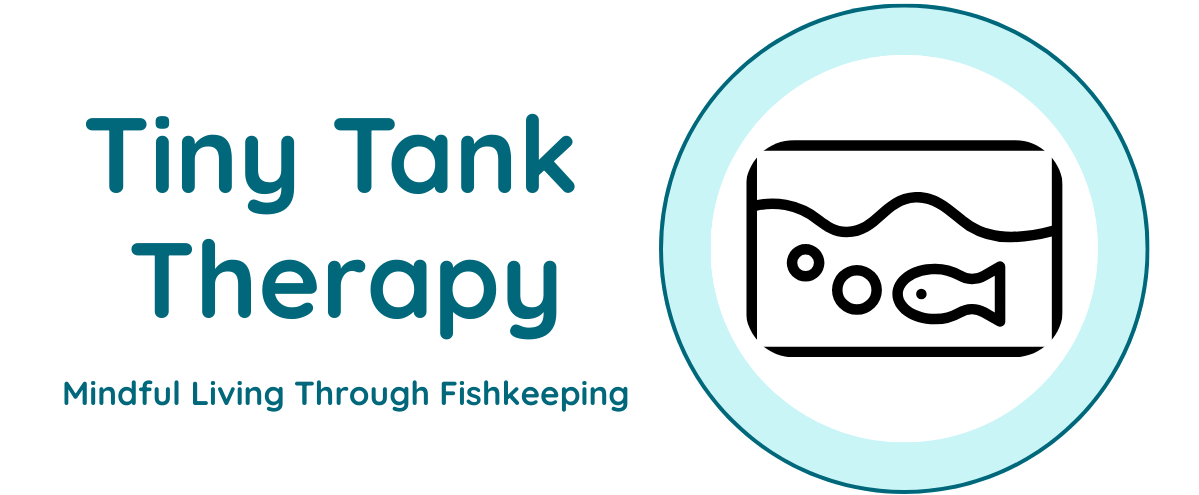
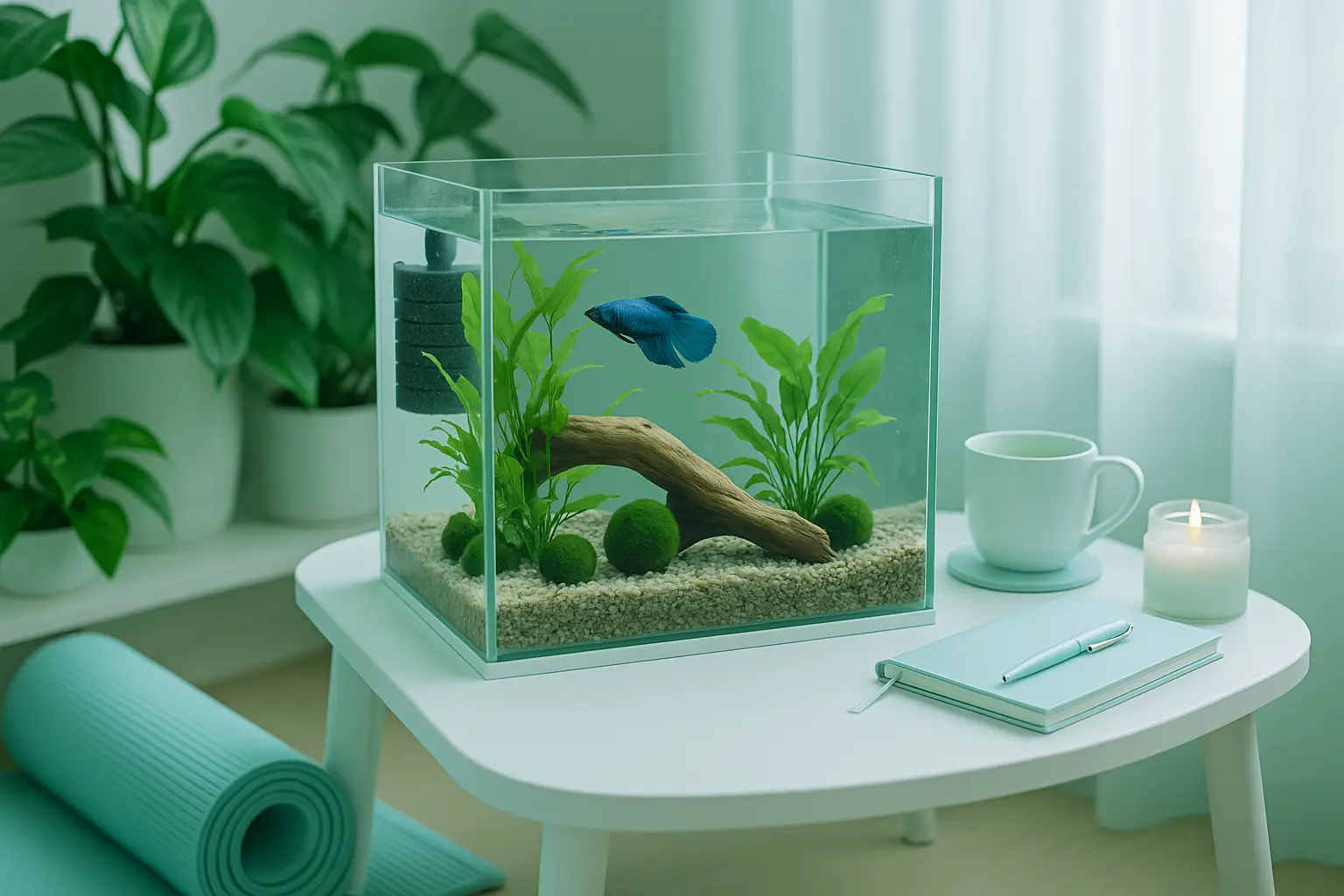
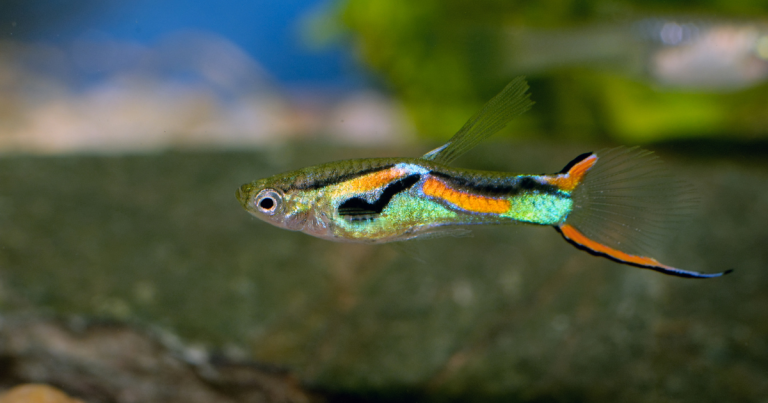
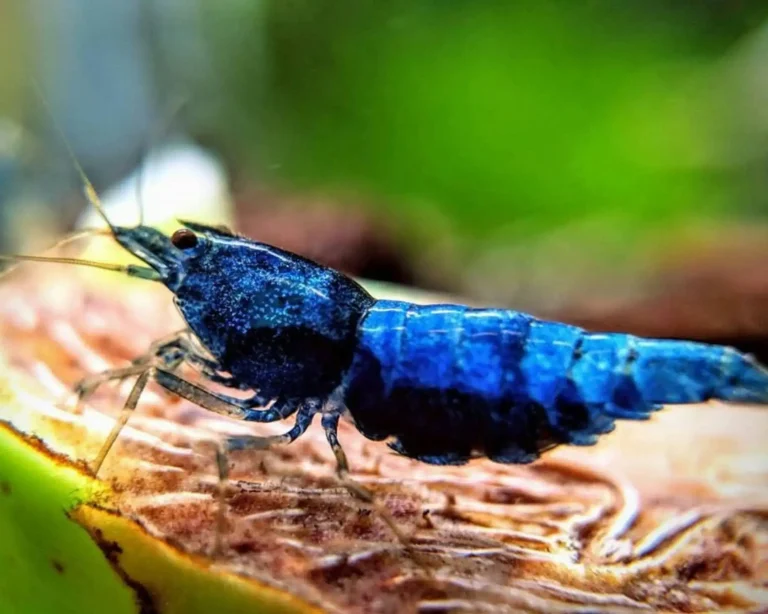
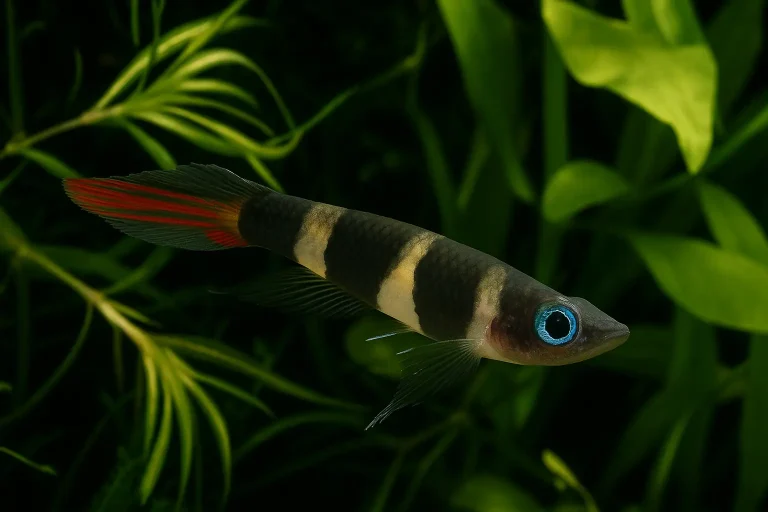
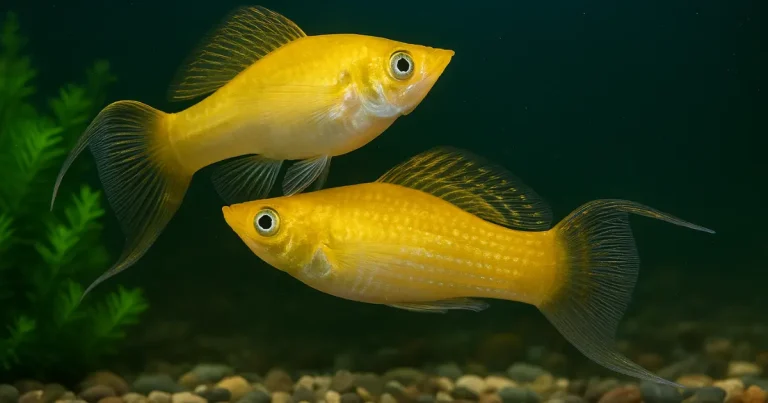
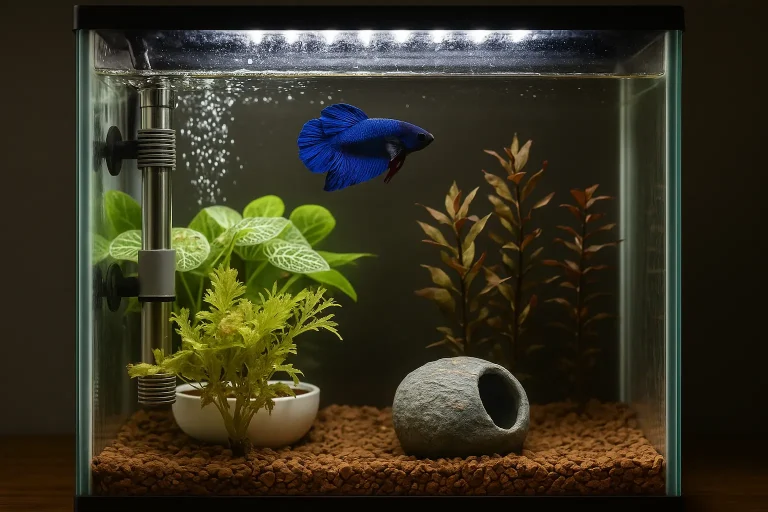
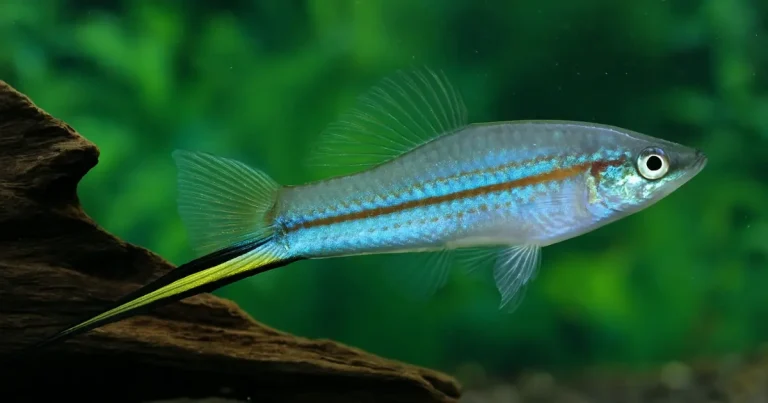
Leave a Reply